Bluebonnets: Legends and Lore of the Texas State Flower
Each spring, fields of bluebonnets pop up along Texas roadways and in fields, making for an incredible sight. Learn the legends surrounding this beautiful blue flower, how it became the beloved Texas state flower, and how to grow your own!
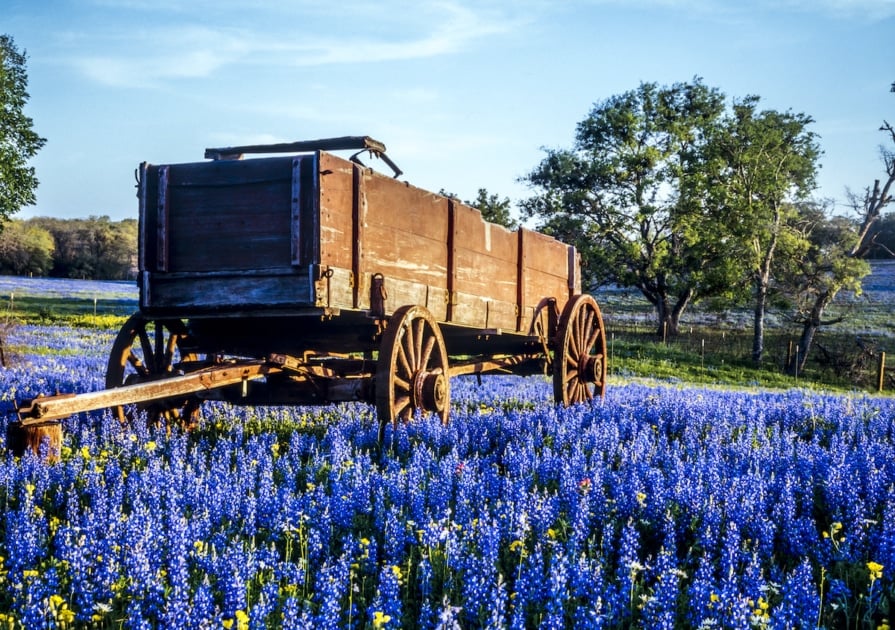
Bluebonnets are perhaps the best-loved flower in all of Texas (the state flower), and there are lots of reasons why. For one thing, they’re absolutely stunning. Each spring, fields of blue blooms pop up along roadways and fields making an incredible sight. And bluebonnet folklore abounds with legends almost too numerous to count. Learn more about this alluring and beautiful blue flower—you’ll soon see why their arrival draws crowds far and wide.
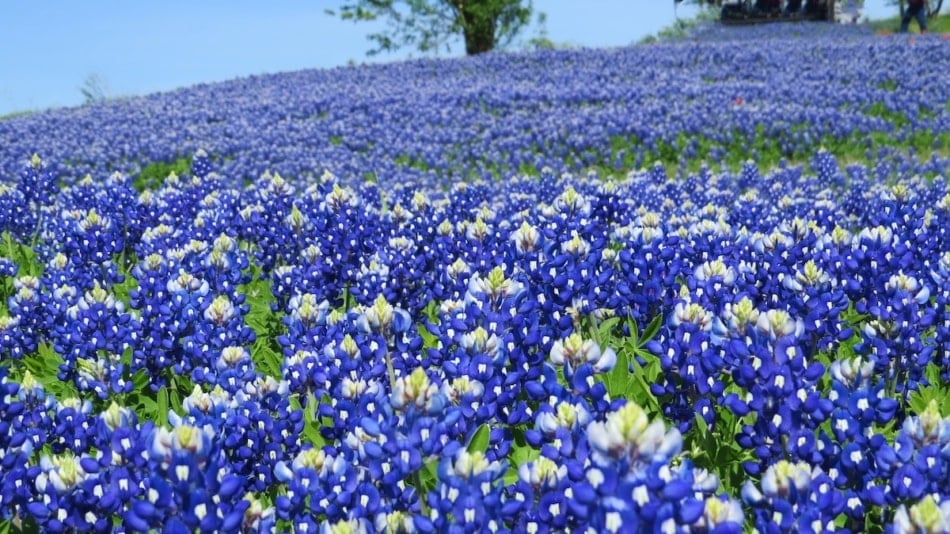
How Were Bluebonnets Chosen As the Texas State Flower?
Surprisingly, when the bluebonnet became the Texas state flower the race to make it happen was a contentious one. In 1901, the Texas legislature was in the midst of hashing out official state mascots when three different speakers submitted a nomination for different flowers—each arguing passionately for their bloom of choice. Cotton bolls received a nomination because of their huge impact on the Texas economy, while “Cactus Jack” nominated the prickly pear cactus because of its hardiness and the beauty of its flowers. Eventually, both lost to the bluebonnet, which had been nominated by the National Society of Colonial Dames of America.
The true Texas bluebonnet is the Lupinus texensis, but there are five species of bluebonnet native to Texas—and today, all of them hold the state flower title. These include:
- Lupinus concinnus
- Lupinus havardii
- Lupinus perennis – the wild lupine found in the Almanac’s home state of Maine!
- Lupinus plattensis
- Lupinus subcarnosus
The Lupinus subcarnosus was the bluebonnet initially selected to hold the “State Flower” title, but Texans petitioned the legislature to change it to the Lupinus texensis, a variety with larger, brighter blooms. Eventually, in 1971, it was decided that this species, native to Texas, would be the state flower.
A Flower of Many Names
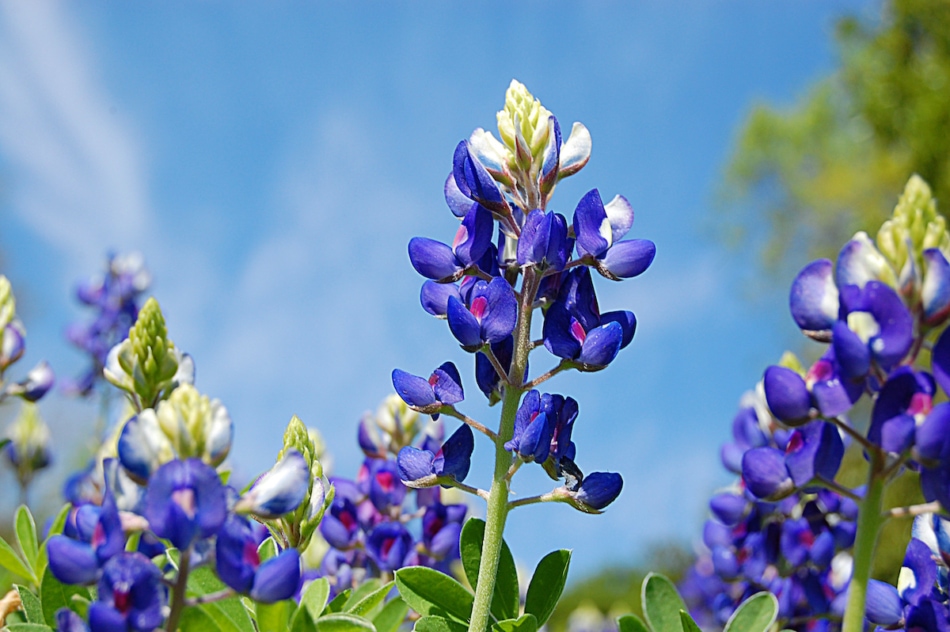
Bluebonnets get their name from the flower’s individual bloom’s resemblance to the sunbonnets women wore to guard against the grueling Texas sun. Throughout history, though, it’s been known by many other names, including “lupines” since it is part of the Lupinus genus. It’s also been called “wolf flower,” as the wolf’s Latin name is Canis lupus, and possibly because the flower is poisonous when ingested. Farmers would say that there were two dangers to their livestock—wolves and the wolf flower.
The Spanish had a few names for bluebonnets, too, including El Conejo, meaning “rabbit” after the flower’s white tip, which is reminiscent of a cottontail rabbit’s tail. Spaniards also called it Azulego, which loosely translates as “cornflower” or “indigo bunting,” a name that comes from the bluebonnet’s color.
Bluebonnet Symbolism
Bluebonnets are said to symbolize bravery, sacrifice, and admiration.
The Legend of the Pink Bluebonnet
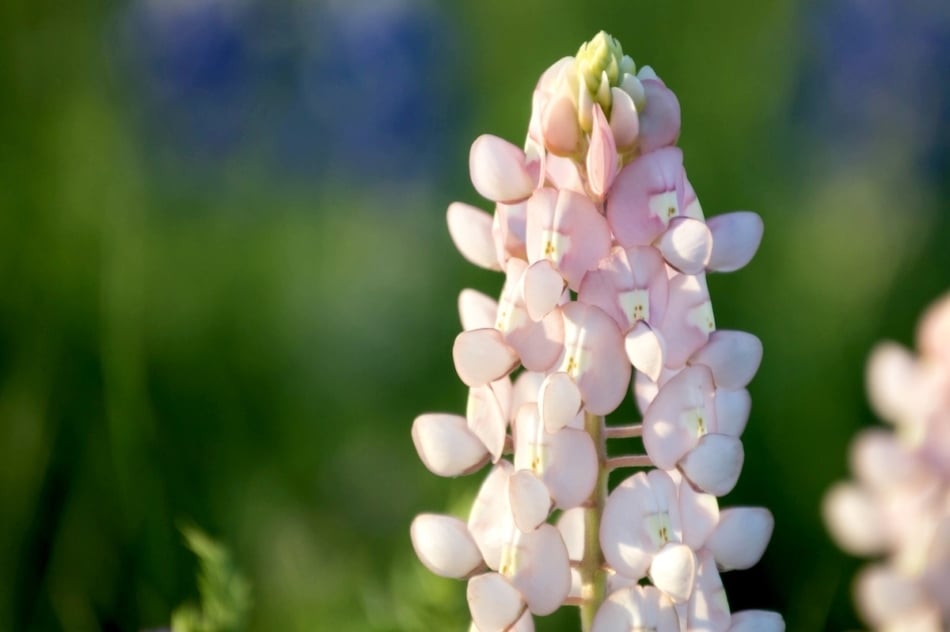
The pink bluebonnet is another flower steeped in legend. According to one story, children were playing in a field of bluebonnets near San Antonio. Among all the blue, they spotted a white bluebonnet and a pink one. The children asked their grandmother why those two flowers had different colors. She replied that the white flower among all the blue represented the Lone Star of the Texas state flag. The pink one, she said, hearkened back to another legend, one that says pink bluebonnets grow to honor the soldiers lost at the Alamo.
Other Bluebonnet Legends
The Jumano Native Americans have their own story about bluebonnets. According to them, when early missionaries came through New Mexico and Texas to spread the word of Christianity among the tribes there, many Jumanos had dreams of a nun who was dressed in a beautiful shade of cobalt blue. It was after her final visit to slumbering tribe members that the people woke to find the field they’d slept in covered in beautiful bluebonnets to match the nun’s habit.
There are also some stories that say these flowers were brought to Texas by Spanish explorers. One version says that the explorers were given the seeds from priests in the Holy Land, and the explorers brought them along for good luck. Another says that Spanish explorers used the seeds as a sort of bribe to Native Americans, trading bluebonnet seeds in exchange for the native peoples’ cooperation. Both of these stories are untrue—it’s verified that bluebonnets are native to Texas—but still, these little bits of folklore circulate to this day.
Can You Grow Your Own Bluebonnets?
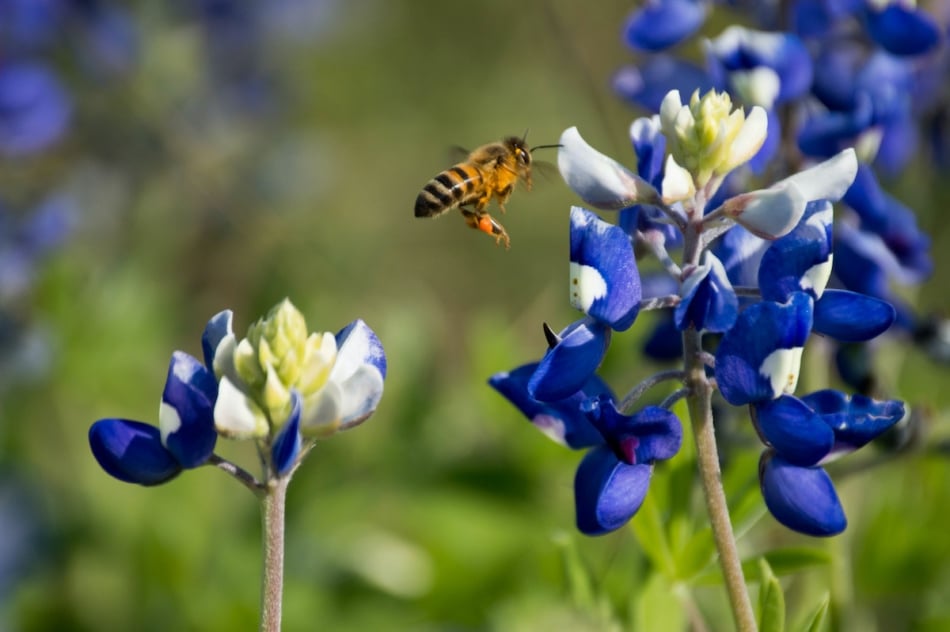
Bluebonnets would make a lovely addition to your garden. Most are blue, but some are white, pink, or purple. And native bumblebees love them! They feed on the nectar, and the flower relies on them in return.
In Texas, flowers appear in early March, with the height of the season being mid-April, extending into May. Around mid-May, they’ll form a seedpod, which eventually turns brown and pops open, releasing small, hard seeds. Then the plant will die back to the ground.
You don’t need to live in Texas to grow bluebonnets, but there are a few things to consider.
Bluebonnets are considered an annual, completing their life cycle—germinate, grow, flower, and set seeds—over the course of a year. To plant bluebonnets from seed in your garden: scarify the seeds first (here’s how to do it), then scatter them over the area where you are planting, lightly cover them with soil, tamp it down, and water heavily, but gently. Give them full sun, and if the weather is dry, make sure to keep them well-watered for a few weeks after planting. The seeds should germinate quickly with proper scarification. After that, bluebonnets won’t require much care; let natural rains do the watering for you, and there’s no need to fertilize, which will only result in leggy growth. Deadhead blooms to encourage side blooms off the main stalk. If you’re growing them in pots, be sure they have adequate drainage.
Mulching is also not necessary and could inhibit the self-seeding process.
In cold climates, you may have to purchase pre-grown plants in the spring if you want them to flower that year.
If conditions are favorable in your garden for your bluebonnets to set seed and re-seed themselves, you can count on seeing blooms for years to come.
Some Bluebonnet “Rules”
Don’t pick bluebonnets if you see them—leave them alone! And be sure children and pets don’t ingest them, as they are poisonous. And if ever possible, take advantage of Lady Bird Johnson Wildflower Center’s bluebonnet areas in Texas. Their special stands were created to provide a safe place for taking pictures of the flowers away from traffic.

Amber Kanuckel
Amber Kanuckel is a freelance writer from rural Ohio who loves all things outdoors. She specializes in home, garden, environmental, and green living topics.




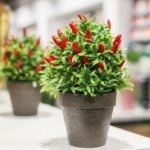

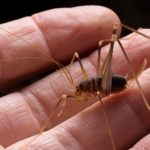





If you plan to grow bluebonnets please be aware they must be allowed to seed naturally which means the area where they are grown will look quite unkempt during seed maturation. You cannot mow until the seeds have dropped or you will not have a next year’s crop. And timing is important if planting bought seeds. They seed naturally in East Texas in May/June depending on weather/growing conditions. Your bought seeds should be planted at that time for plants the following year. Plants will come up in January and hug the ground until it warms enough to encourage vigorous growth.
In Huntsville, Texas, the seeds actually start to sprout around September. This depends upon how much rainfall we get. By January, the plants should be of a good size in order to bloom in April. Drema is correct, they must make contact with the dirt. If you plant the seeds, lightly cover them and lightly water (with a watering can w/rosette) until germination occurs. I plant my seeds in August and that seems to work out well. Our seed pods usually don’t blow open until about mid-June here. It is like finding treasure when you spot a plant. My yard guy is a gem and carefully mows around them. What comes up in the flower beds, I leave until the pods have opened up, and then plant another annual. They are quite easy to grow. Think how Mother Nature does it and you will have good luck. One interesting fact I have read about them, is that they hold back a certain amount of seeds for later germination. This can be for as long as three years. Ensures continuation of the species.
Thank you so much for sharing this information. These are gorgeous flowers!